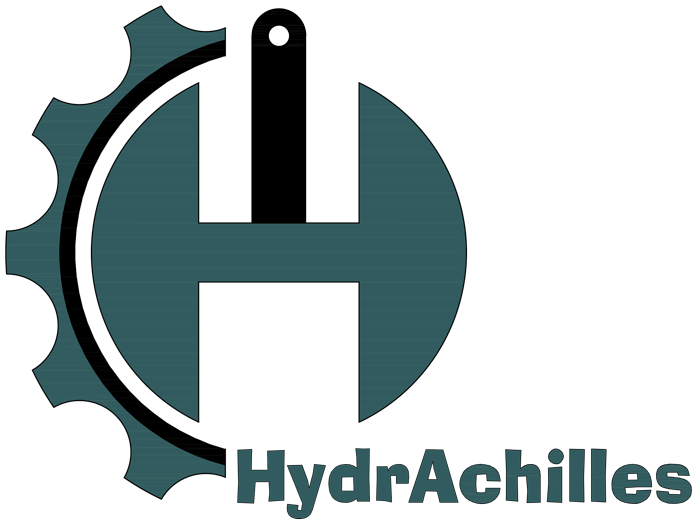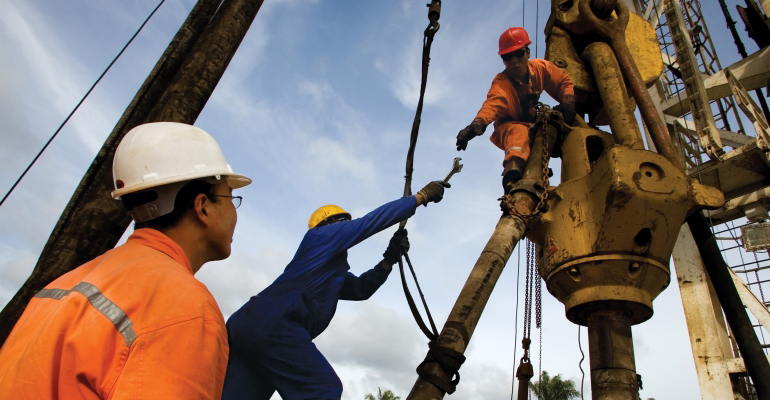Why Seismic Dampers Are Essential for Infrastructure Safety
Introduction
In an increasingly interconnected world, the safety and resilience of infrastructure are more critical than ever. The devastating effects of earthquakes on bridges, industrial facilities, and residential buildings highlight the importance of incorporating advanced protective technologies into our built environment. Seismic dampers have emerged as a vital component in ensuring the structural integrity and longevity of buildings and infrastructure. This article explores the essential role of seismic dampers, the risks associated with not using them, and how HydrAchilles’ innovative products can mitigate these risks and protect communities.
The Importance of Infrastructure Safety
Infrastructure serves as the backbone of modern society, enabling transportation, communication, energy distribution, and more. However, this vital infrastructure is vulnerable to natural disasters, particularly earthquakes, which can strike with little warning and cause widespread damage. The collapse or severe damage of bridges, industrial facilities, and residential buildings during seismic events can lead to catastrophic consequences, including loss of life, economic disruption, and long-term societal impacts.
Ensuring the safety of infrastructure is not only a matter of protecting investments but also of safeguarding the people who rely on these structures every day. As urban populations grow and cities expand into seismically active regions, the need for resilient infrastructure becomes increasingly urgent. This is where seismic dampers come into play, offering a proven solution to enhance the safety and durability of buildings and infrastructure.
What Are Seismic Dampers?
Seismic dampers are devices designed to absorb and dissipate the energy generated by seismic waves during an earthquake. When an earthquake occurs, the ground shakes, and the vibrations are transmitted to the structures built on it. These vibrations can cause buildings and infrastructure to sway, deform, or even collapse if the forces exceed the design capacity of the structure.
Seismic dampers work by converting the kinetic energy of these vibrations into heat, which is then dissipated through the damper’s fluid or other mechanisms. By reducing the amplitude of the vibrations, seismic dampers help to minimize the forces that reach the structural components of a building or bridge, thereby protecting it from damage or collapse.
There are several types of seismic dampers, including fluid viscous dampers (FVDs), friction dampers, and tuned mass dampers, each with its specific application and advantages. Among these, FVDs are particularly effective in providing consistent and reliable performance under a wide range of seismic conditions.
The Critical Need for Seismic Dampers in Various Infrastructures
- Bridges: Bridges are among the most vulnerable types of infrastructure during an earthquake. The long spans and flexible nature of many bridges make them particularly susceptible to seismic forces. Without adequate protection, the movement of the ground can cause significant damage to bridge piers, decks, and supports, potentially leading to partial or total collapse.
Seismic dampers, particularly FVDs, are essential for protecting bridges by absorbing and dissipating the seismic energy that would otherwise be transmitted to the bridge structure. By reducing the forces acting on the bridge, dampers help to prevent excessive movement and deformation, ensuring that the bridge remains operational even after a seismic event.
- Industrial Facilities: Industrial facilities, including factories, power plants, and chemical processing plants, often house sensitive and hazardous equipment that can be severely affected by seismic activity. The failure of these facilities during an earthquake can lead to significant economic losses, environmental damage, and threats to human safety.
Incorporating seismic dampers into the design of industrial facilities is crucial for minimizing the impact of seismic events on these structures. Dampers can help protect critical equipment, maintain structural integrity, and ensure the continued operation of essential industrial processes during and after an earthquake. This is particularly important for facilities that play a key role in energy production, manufacturing, and other critical industries.
- Residential Buildings: The safety of residential buildings is of paramount importance, as these structures are where people live and seek shelter during an earthquake. In regions with high seismic activity, the failure of residential buildings can lead to significant loss of life and displacement of communities.
Seismic dampers can be installed in both new and existing residential buildings to enhance their resilience to earthquakes. By reducing the vibrations that reach the building’s structure, dampers help to protect the integrity of the building, reduce the risk of collapse, and ensure the safety of its occupants. This is especially important in high-rise buildings, where the effects of seismic forces can be amplified at higher levels.
The Risks of Not Incorporating Seismic Dampers
The absence of seismic dampers in infrastructure design can have dire consequences. When structures are not equipped with adequate seismic protection, they are more likely to suffer damage or collapse during an earthquake. This not only puts lives at risk but also results in significant economic losses, as damaged infrastructure may require extensive repairs or complete rebuilding.
Moreover, the failure of critical infrastructure, such as bridges and industrial facilities, can have cascading effects on society. For example, the collapse of a bridge can disrupt transportation networks, delaying emergency response efforts and hindering the delivery of essential goods and services. Similarly, the failure of industrial facilities can lead to environmental disasters, such as chemical spills or fires, further exacerbating the impact of the earthquake.
In the long term, the lack of seismic protection can also undermine public confidence in infrastructure and governance. Communities that experience repeated infrastructure failures during seismic events may lose trust in the ability of authorities to protect them, leading to social unrest and economic decline.
How HydrAchilles’ Products Mitigate These Risks
HydrAchilles has developed a range of advanced seismic dampers designed to address the challenges of protecting infrastructure from seismic forces. The company’s Fluid Viscous Dampers (FVDs) are engineered to provide superior performance and durability, ensuring that infrastructure remains safe and operational even in the most challenging seismic conditions.
One of the key innovations of HydrAchilles’ FVDs is the use of peripheral channel technology, which allows for smoother and more efficient fluid movement within the damper. This design reduces the wear and tear on the damper’s components, extending its lifespan and reducing maintenance costs. Moreover, HydrAchilles’ FVDs are designed to operate independently of external power sources, ensuring that they continue to provide protection even during power outages.
HydrAchilles’ seismic dampers are suitable for a wide range of applications, including bridges, industrial facilities, and residential buildings. By incorporating these dampers into infrastructure design, builders and developers can significantly reduce the risks associated with seismic events, protecting both lives and investments.
Conclusion
The importance of seismic dampers in ensuring infrastructure safety cannot be overstated. As earthquakes continue to pose a significant threat to communities around the world, the need for advanced protective technologies is more critical than ever. Seismic dampers, such as those developed by HydrAchilles, offer a reliable and effective solution for safeguarding infrastructure against the forces of nature.
By investing in seismic protection, we can build a more resilient and secure future, where our bridges, industrial facilities, and residential buildings are prepared to withstand the challenges of seismic events. HydrAchilles is at the forefront of this effort, providing the tools needed to protect our infrastructure and the people who depend on it.



Leave A Comment